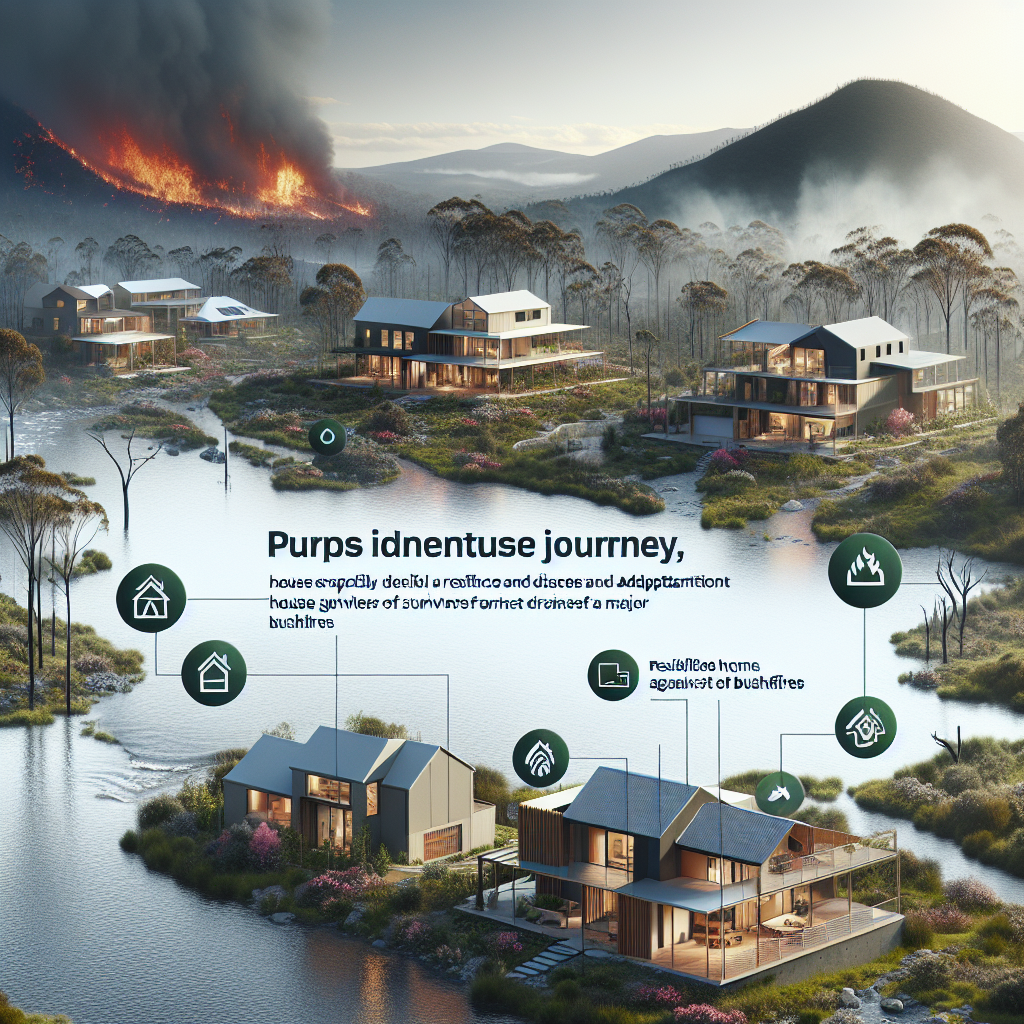The Importance of Long-Term Housing Solutions After Disasters
Natural disasters often leave survivors facing not only emotional and physical challenges but also the daunting task of rebuilding their lives. Temporary shelters and interim housing provide critical relief immediately after the disaster. Yet, these stopgap solutions often fall short when it comes to fostering long-term recovery and stability.
This is where purpose-built homes come into play. Unlike temporary housing, these homes are designed with sustainability, safety, and comfort in mind. They offer a way for affected individuals and families to reestablish a sense of normalcy in their lives, providing a stable foundation for rebuilding futures.
Why Recovery Efforts Must Prioritize Purposeful Design
- Psychological Well-Being: Permanent housing helps survivors feel secure, allowing them to process trauma and begin to heal.
- Community Revitalization: Thoughtfully designed homes can bring displaced residents back together, fostering a sense of unity and belonging.
- Environmental Resilience: Modern, purpose-built homes in disaster-prone areas are often designed to withstand future events, mitigating risk for residents.
How Purpose-Built Homes Are Transforming Mallacoota
In Mallacoota, the purposeful design of new housing has been tailored to meet the unique needs of bushfire survivors. Through partnerships with government organizations, non-profits, and private sectors, these homes are being built with a forward-looking perspective.
Key Features of Mallacoota’s Custom Recovery Homes
- Fire-Resistant Materials: Building with non-combustible materials, such as steel and fiber cement, ensures the homes are better equipped to handle the threat of future wildfires.
- Sustainability: The homes incorporate environmentally friendly features, such as solar panels and rainwater collection systems, reducing their footprint and operating costs.
- Community Layout: These homes are being built in groupings that encourage social interaction and community-building, essential for emotional recovery.
The project doesn’t just stop at building structures. Local residents and stakeholders are actively involved in the planning and construction process, fostering a sense of ownership and connection to the region’s recovery efforts.
The Broader Impact of Community Rebuilding Efforts
While the physical transformation of Mallacoota is significant, the social and economic impact of these recovery efforts is equally profound. Restoring housing helps stabilize the population, allowing businesses, schools, and services to recover alongside the residents.
Benefits of Purpose-Built Homes Beyond Immediate Recovery
- Enhancing Property Values: Carefully designed homes act as a blueprint for future development, improving the area’s overall real estate value.
- Boosting Local Economy: Construction projects create jobs for local tradespeople and suppliers, injecting much-needed cash flow back into the community.
- Reducing Long-Term Rehabilitation Costs: By investing in durable, fire-resistant housing, residents and governments can avoid the repeated costs of rebuilding and repairing homes.
Government & Non-Profit Collaboration for Disaster Recovery
Effective recovery projects, such as Mallacoota’s purpose-built housing initiative, are possible thanks to partnerships between various organizations. Government funding provides the financial backbone for such initiatives, while non-profits and grassroots organizations contribute critical expertise and resources.
Key Stakeholders in Mallacoota’s Recovery Efforts
- State and Federal Governments: Funding and policy support ensure projects stay on track and adhere to safety standards.
- Community Non-Profits: Groups like the Bushfire Recovery Projects actively work with locals to address unique community needs.
- Private Sector Partners: Architects, builders, and material suppliers bring innovation and efficiency to the construction process.
Stories of Strength and Resilience
Behind every recovery initiative are the incredible stories of individuals and families who show resilience, strength, and hope in the face of catastrophe.
A Survivor’s Perspective
Take the story of Sarah, a Mallacoota resident whose family lost their home during the Black Summer bushfires. “This house isn’t just four walls,” Sarah shared. “It represents a fresh start for us. We finally feel like we’re moving out of survival mode and into a space where we can begin to thrive.”
Sarah’s story emphasizes how integral purpose-built homes are not only to physical recovery but also to mental and emotional well-being.
Building Hope for Future Generations
The ability to remain in one’s hometown, despite the devastation, also ensures that future generations of families can grow up connected to their roots. This grounding in heritage plays a significant role in long-term recovery and societal growth.
Conclusion
As Mallacoota demonstrates, purpose-built homes offer a tangible pathway toward recovery for communities reeling from natural disasters. These homes ensure not only a return to normalcy but also an opportunity for growth and a stronger, more resilient future.
By addressing the immediate and long-term needs of survivors through sustainable, community-oriented housing, Mallacoota sets a powerful example for disaster recovery efforts worldwide. The story of these homes is a testament to the concept that hope and resilience can emerge even from the ashes of devastation.
As the rebuilding continues, Mallacoota’s journey serves as a reminder of the vital importance of adaptable and forward-thinking recovery solutions that prioritize people, community, and the environment.
“`


